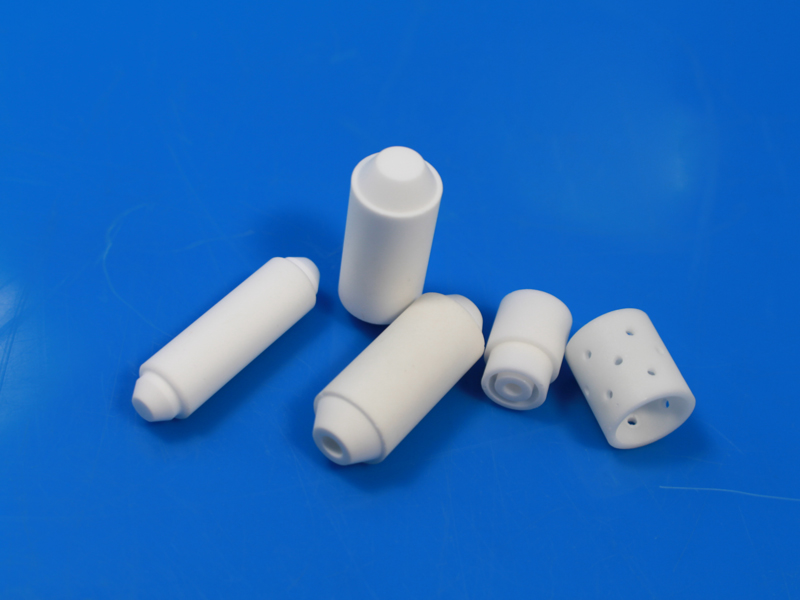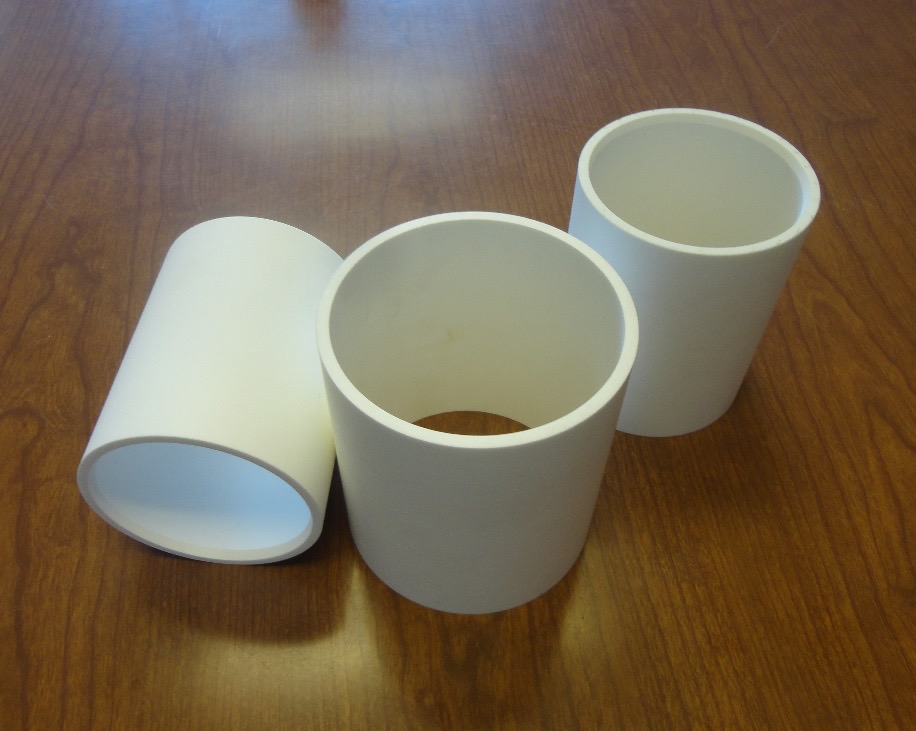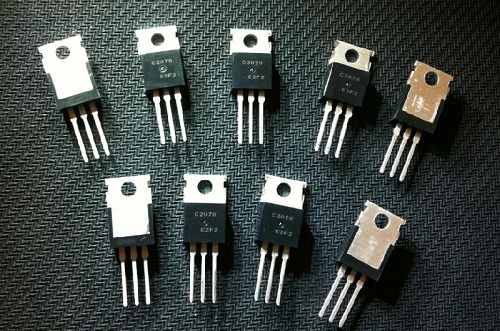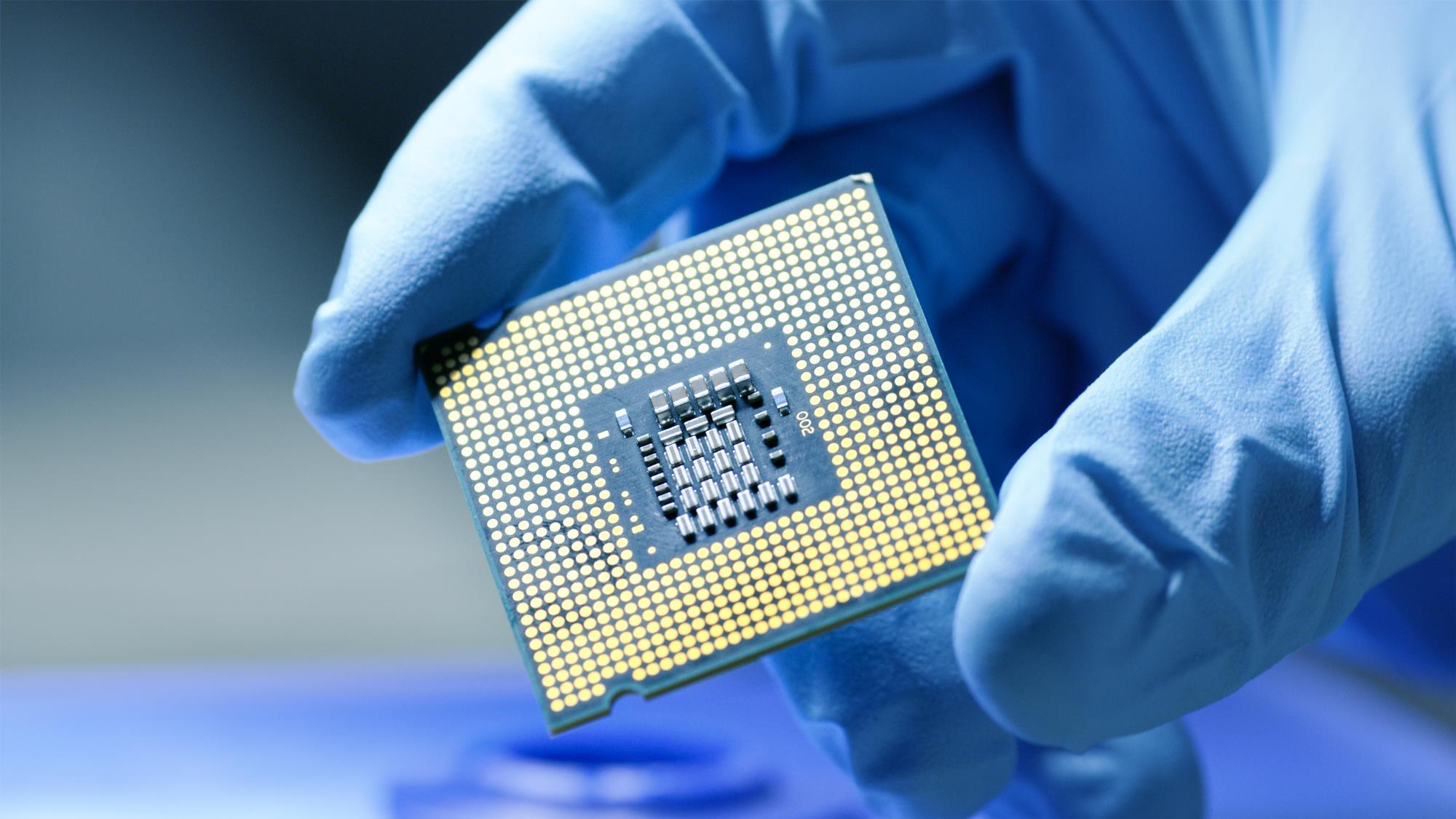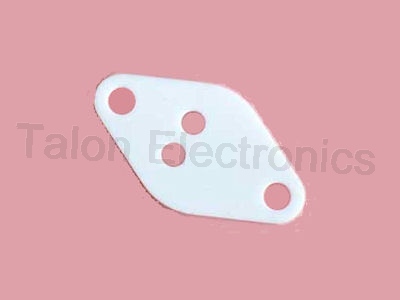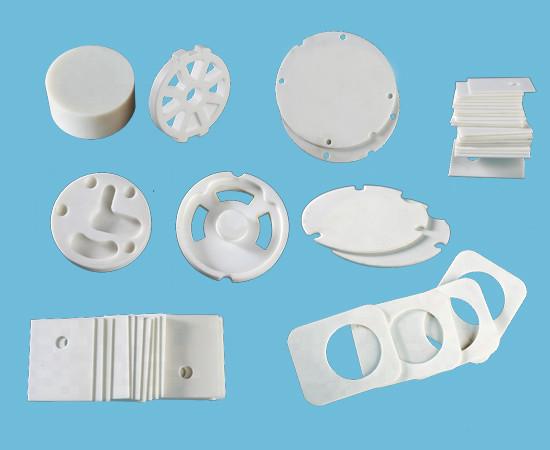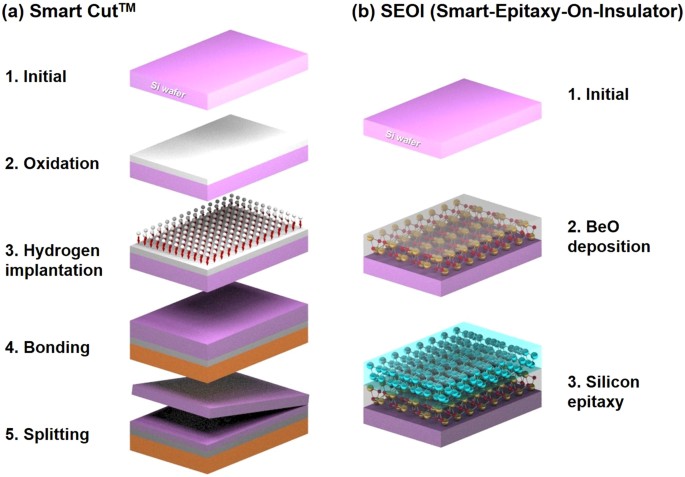Beryllium Oxide Ceramic Insulators
Although beryllium oxide is toxic beryllium oxide ceramics are not toxic.
Beryllium oxide ceramic insulators. Comparing theoretical density values beo is 3 01g cc while al 2 o 3 is 4 00 g cc and aln is 3 26 g cc. Beryllium oxide beo also known as beryllia is an inorganic compound with the formula beo. Beryllium oxide is widely used in the fields of special metallurgy vacuum electronic technology nuclear technology microelectronics and photoelectron technology due to its high thermal conductivity high insulation low dielectric constant low medium loss and good. As an amorphous solid beryllium oxide is white its high melting point leads to its use as a refractory material.
Beryllium oxide insulators have a high dielectric strength which allows safe operating voltages of 1500 volts or more. The coefficient of thermal expansion for beo is comparable to many other oxide ceramics and many metals as well at approximately 7 5 in in c for the range from 25 c. This colourless solid is a notable electrical insulator with a higher thermal conductivity than any other non metal except diamond and exceeds that of most metals. Beryllium oxide is used in high technology ceramics electronic heat sinks electrical insulators microwave oven components gyroscopes military vehicle armor rocket nozzles crucibles thermocouple tubing laser structural components substrates for high density electrical circuits automotive ignition systems and radar electronic.
Beryllium oxide versus aluminum nitride when thermal conductivity and heat dissipation are critically important considerations the differences between beryllium oxide beo also known as beryllia and aluminum nitride aln can mean the difference between long term performance and early failure.
